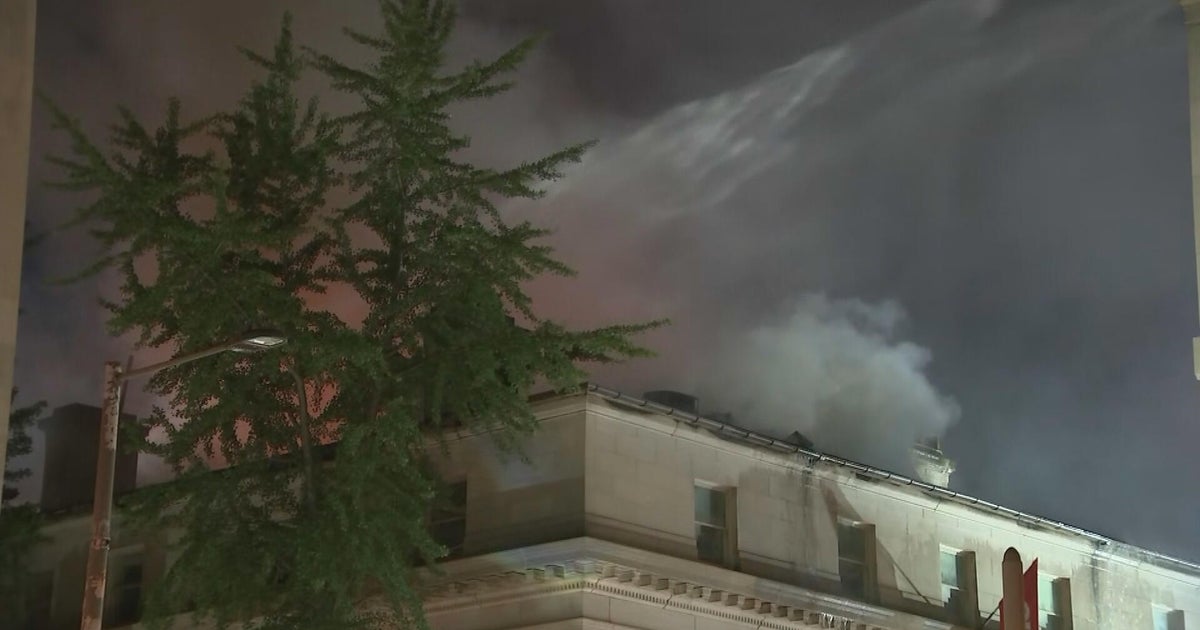Texas flooding: Unconfirmed number of fatalities amid catastrophic rainfall | CNN
EDITOR’S NOTE: For our latest coverage of the flooding in Texas, follow our live updates .
Water rescues and evacuations are underway in central Texas Friday morning after months’ worth of torrential rain fell in the span of just hours, sending river levels surging and triggering deadly flash flooding.
“Conditions are life-threatening! DO NOT go out onto the roads,” the National Weather Service in San Angelo urged Friday morning. “Expect roads washed out and rapid rises on rivers and creeks.”
Flooding turned deadly Friday morning in Kerr County — about 75 miles west of Austin.
“This is a catastrophic flooding event in Kerr County,” the sheriff’s office said on social media. “We can confirm fatalities, but will not release further information until next of kin are notified… The entire county is an extremely active scene. Residents are encouraged to shelter in place and not attempt travel.”
In Kerrville – the seat of Kerr County – Mayor Joe Herring Jr. issued a disaster declaration for the city Friday morning due to the dangerous flooding.
Widespread rainfall amounts of 4 to 6 inches — with some reports of over 10 inches — have fallen from San Angelo to Kerrville since late Thursday evening, prompting multiple flash flood emergencies as the Fourth of July holiday weekend began.
Flash flood emergencies are the most severe form of flood warning, and the NWS has issued at least five of them since 4 a.m. CT in parts of Tom Green, Kerr and Kendall counties. San Angelo, home to nearly 100,000 people, is in Tom Green County.
Locations experiencing flooding Friday morning.
It’s yet another example of overwhelming rainfall becoming more frequent in a warming world, as rising global temperatures push weather toward the extremes. Texas has already seen multiple dangerous flooding events this year, and the United States overall saw a record number of flash flood emergencies last year.
Police and fire crews in Kerrville are assisting in ongoing high-water rescues, a city official told CNN Friday morning.
Two parks in Kerrville are closed due to flooding, the city confirmed on social media. Evacuations were underway after floodwater reached cabins visitors rent in Kerrville-Schreiner Park around sunrise Friday.
In San Angelo, the police department issued an alert Friday morning warning people to “stay in your residence and avoid traveling” and to “shelter in place in the downtown area.”
More than an entire summer’s worth of rain fell in some spots in just a few hours, quickly overwhelmed dry soils and created significant flash flooding. Central Texas is currently home to some of the worst drought in the United States and bone-dry soils flood very quickly.
Water level measurements along parts of the Guadalupe River near the Kerr County community of Hunt “indicate a large and deadly flood wave is moving down the Guadalupe River,” the NWS warned. The river rose 22 feet in just three hours and was at its second-highest level on record early Friday morning. A few hours later, the river gauge that measured that rise was damaged and out of operation as a result of the flooding, according to the National Weather Service in Austin.
San Angelo typically records about an inch of rain during July, but reports around the city from overnight rain range from around 2 inches to upwards of 10.
Hunt, near Kerrville, received about 6.5 inches of rain in just three hours early Friday morning, which is considered a 1-in-100-year rainfall event for the area — meaning it has about a 1% chance of happening in any given year.
Hourly rainfall rates have intensified in nearly 90% of large US cities since 1970, a recent study found. It’s just one of the myriad of dangerous weather events happening more frequently in a world warming due to fossil fuel pollution.
Heavy rain will continue to fall Friday morning as slow-moving storms stall over the same hard-hit areas. Storms could linger into the afternoon in some places before finally easing up. Any additional rain will likely further worsen ongoing flooding issues and could prompt new areas of dangerous flooding.
CNN Meteorologists Briana Waxman, Brandon Miller, Gene Norman and CNN’s David Williams contributed to this report.





